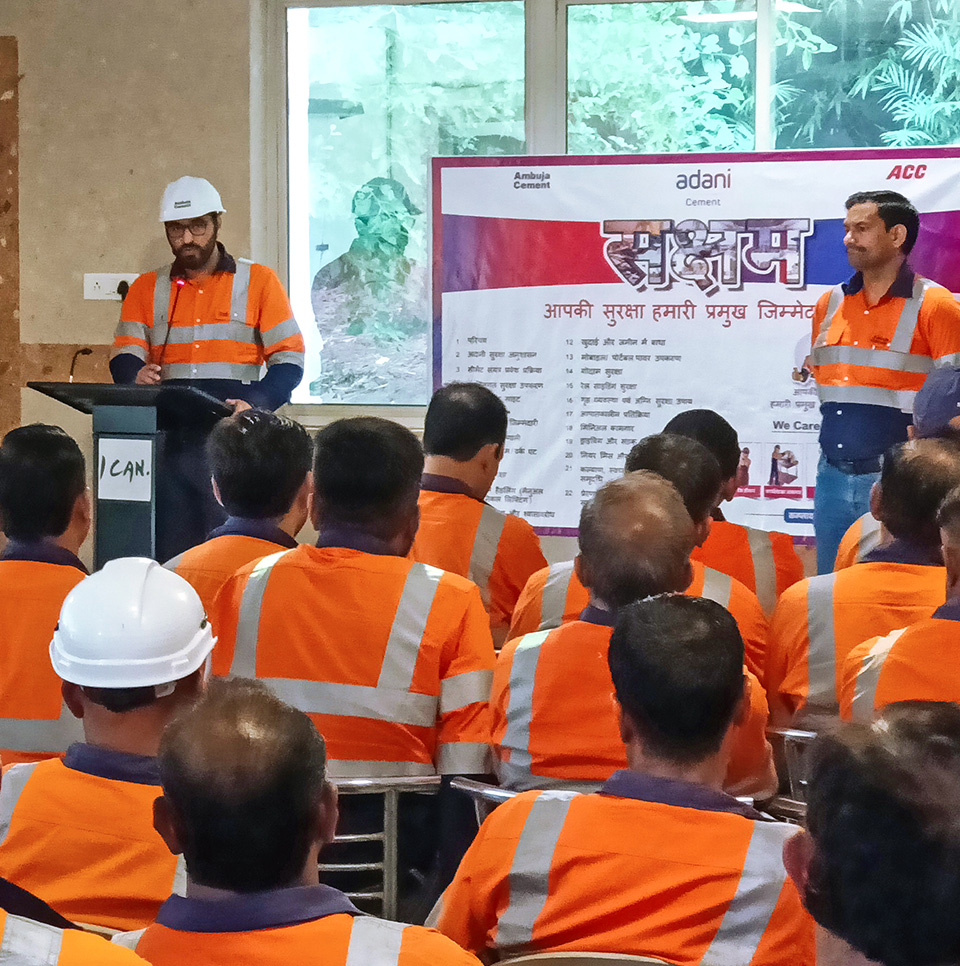
Businesses should respect the interests of and be responsive to all its stakeholders
We value stakeholder involvement across our decision-making and operations, enhancing our grasp of social, environmental, and economic landscapes. We have built mutually beneficial relationships which are crucial for positive outcomes. Guided by our stakeholder engagement policy which is overseen by the Stakeholder Relationship Committee chaired by an Independent Director, we ensure compliance with Companies Act 2013 and This approach ensures effective governance and sustainable practices, ensuring stakeholder voices shape our strategic initiatives for collective prosperity.
Stakeholder Engagement Policy
10 Categories
of key stakeholders identified
Stakeholder engagement
at regular intervals
1. Describe the processes
for identifying key stakeholder groups of the entity.
The successful involvement of our stakeholders is essential to the achievement of our strategic goals because it provides us with the opportunity to understand their expectations, respond to their concerns, and assist us in prioritising the areas in which we should be concentrating our efforts. Our mechanism for engaging with stakeholders is governed by our Stakeholder Engagement Policy (https://www.acclimited.com/assets/new/pdf/ Stakeholder%20Engagement%20policy.pdf), which is further aligned with global best practises.
We identify stakeholders as groups and individuals, who can influence or/are impacted by our operations/activities, change in technology, regulations, market and societal trends either directly or indirectly. Stakeholders comprise of communities, employees, supply chain partners, customers, investors, regulators, industrial organisations etc. Against each group, the potential ways in which stakeholders will be affected as well as the magnitude of both the actual and perceived impacts have been determined. This assists the company in developing a bespoke plan for engaging with stakeholders, which can then be kept up to date as and when is necessary.
Throughout the course of the year, we maintain ongoing dialogue with the many stakeholders by utilising a variety of channels of contact. The insights that we gain from these projects are tremendously helpful, because they allow us to continually enhance both our strategy and our operations. The process of engaging stakeholders also includes regular feedback and grievance redressal methods, both of which are vital components of the process.
2. List stakeholder groups
identified as key for your entity and the frequency of engagement
with each stakeholder group.
|
Stakeholder
Group
|
Whether identified as
Vulnerable &
Marginalised Group
(Yes/No)
|
Channels
of communication (Email,
SMS, Newspaper, Pamphlets,
Advertisement, Community
Meetings, Notice Board,
Website), Other
|
Frequency
of engagement (Annually/
Half yearly/ Quarterly /
others – please
specify)
|
Purpose
and scope of engagement
including key topics and
concerns raised during such
engagement
|
|---|---|---|---|---|
|
Shareholders
and Investors
|
No
|
|
|
|
|
Channel
Partners
|
No
|
|
|
|
|
Government
&
Regulatory Authorities |
No
|
|
|
|
|
Customers
|
Yes
|
|
|
|
|
Employees
|
No
|
|
|
|
|
Suppliers
|
Yes
|
|
|
|
|
Community
|
Yes
|
|
|
|
|
Media
|
No
|
|
|
|
|
Construction
professionals
|
No
|
|
|
|
|
Industry Association
|
No
|
|
|
|




